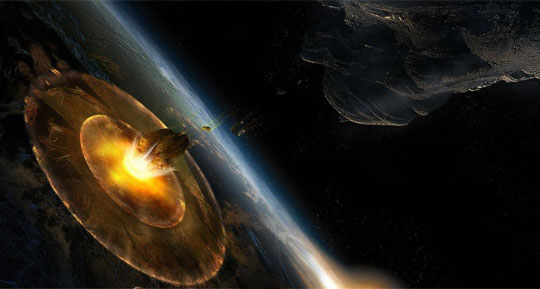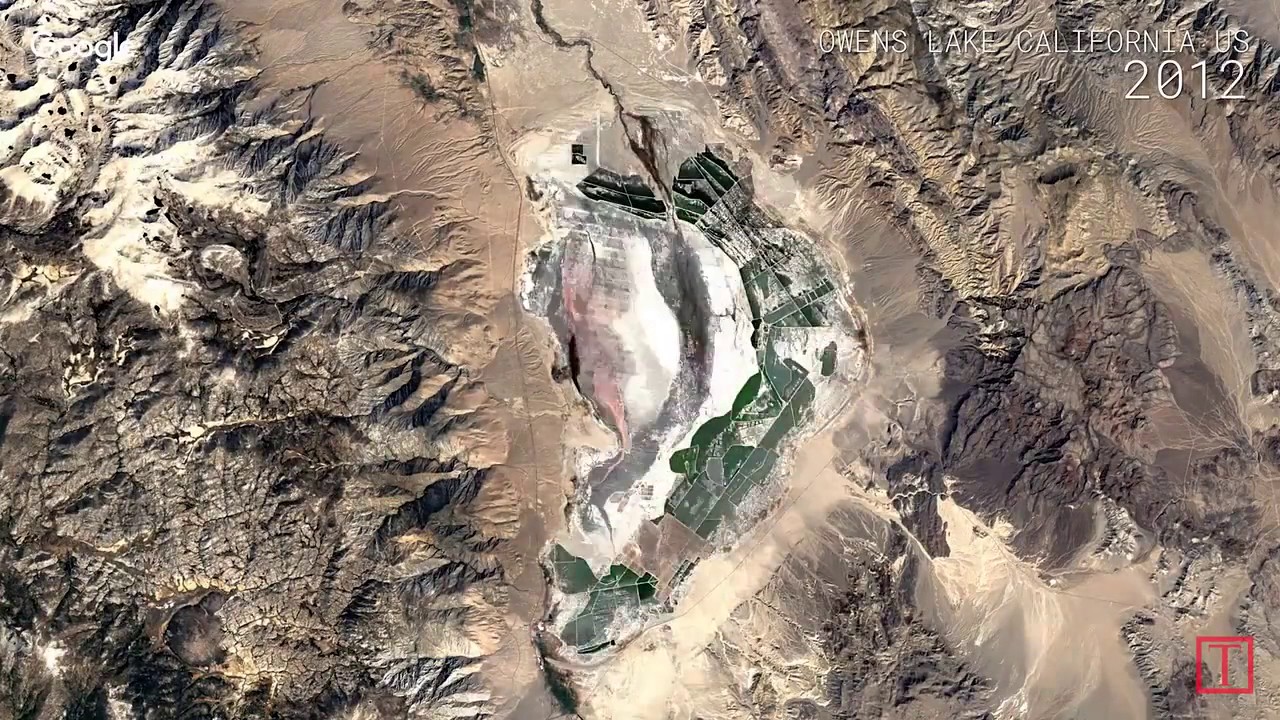
The MESSENGER (MErcury Surface, Space ENvironment, GEochemistry, and Ranging) spacecraft crashed into Mercury last month after spending four years orbiting the planet, taking photographs, making measurements and sending all the information back to Earth for analysis. Even though the spacecraft is no more, scientists are still discovering new secrets within the data it sent home.
“The mission was originally planned to last one year; no one expected it to go for four,” said Catherine Johnson, a University of British Columbia planetary scientist and lead author of the study. “The science from these recent observations is really interesting and what we’ve learned about the magnetic field is just the first part of it.”
At Mercury’s center is a hot, iron-rich core. At least part of this core is liquid, and it is these swirling, electrically conducting fluids that generate Mercury’s magnetic field.
While sifting through data from MESSENGER’s magnetometer, which measures the strength of a magnetic field, scientists noticed that there were tiny signals coming from the rocks on the planet’s crust. Interestingly, the strongest magnetic signals came from the oldest rocks. A rock’s age is estimated by how weathered and pockmarked it is.
How do the rocks get magnetized? The rocks get magnetized when they are in a hot, molten state. The planet’s magnetic field shimmies the charged particles in the molten rock around so that the rock’s particles and the planet’s magnetic field are aligned. When the rock cools down and solidifies, this magnetization is preserved. It acts as a time stamp. By comparing rocks with different ages, scientists can create a magnetic strength timeline for Mercury.
The oldest rocks with a magnetic field are predicted to be between 3.7-3.9 billion years old. This accounts for most of Mercury’s lifetime: 4.5 billion years.
It was only in the fall of 2014 and 2015 that this data could start to be collected. Before then, MESSENGER had never flown low enough to detect the rock signals. The magnetic emissions are tiny and require delicate precision to measure them.
“It’s like having a little patchwork of refrigerator magnets,” says Johnson. “We’d flown over this area 20, 30 times before, and we hadn’t seen this. We would never have been able to see these signals if we hadn’t been able to fly very close to the planet.”
There was a small possibility that these tiny signals could have been unrelated to Mercury’s magnetic field. Instead, they could have been from charged particles from the sun. This is was ruled out when scientists found that this signal got stronger as MESSENGER got closer to the surface. The magnetic signal is non-existent at 150 kilometers (93 miles) above the surface and is strongest 15 kilometers (9 miles) away. If the signal came from charged particles that were shot out of the sun, then MESSENGER would have been able to detect them at any location, instead of this varying result.
But MESSENGER can’t tell us the entire history of Mercury’s magnetic field, notes Hao Caoof the California Institute of Technology. “We actually don’t know whether Mercury always had a magnetic field in between 3.8 billion years ago and now,” he says. “That’s a big puzzle. I could very well imagine that back then Mercury had a magnetic field, then for most of its history did not have one, and the field we see now turned on recently.”
Via IFL Science






